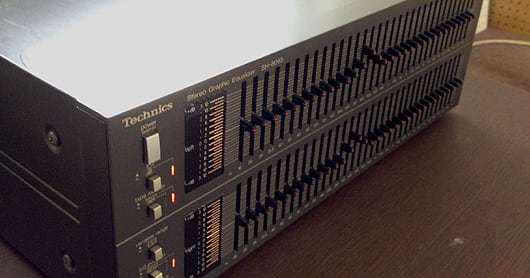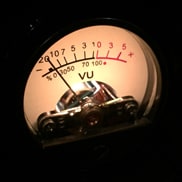『モノラルを楽しく聴きたい!vol.4』の続きです。
「音の迫力」を形成している中心周波数は315Hzだと判りました。
次に、「音の迫力」を形成している周波数帯域幅を変えて実験してみましょう。
315Hzを中心に以下の幅をもたせて6dB増強します。
1/3オクターブ(250~400Hz)
2/3オクターブ(200~500Hz)
1オクターブ(160~630Hz)
2オクターブ(80~1.25KHz)
音源は最初の実験と同じ In the Mood / BIG BAND STAGE 角田健一ビッグバンド です。

その結果、
一番自然な感じは2/3オクターブ。
迫力を重視するなら1オクターブが良いようでした。

どうやら「音の迫力」は160~630Hzで形成されているようです。
次に『モノラルを楽しく聴きたい!vol.3』で実験した
「(3)スピーカーを1本に」へ
この帯域を増強する仕組みを導入してみましょう。
次回に続きます。
It is happily heard by a mono! vol.5
It is a continuation of "It is happily heard by a mono! vol.4"
It turned out that the center frequency which forms "the force of sound" is 315 Hz.
Next, let's change and experiment in the frequency bandwidth which forms "the force of sound."
In the 315Hz center, 6 dB is reinforced by the following width.
1/3-octave (250-400 Hz)
2/3-octave (200-500 Hz)
1 octave (160-630 Hz)
2 octave (80 to 1.25 kHz)
Sound source:In the inside of a mood / BIG BAND STAGE by Kenichi Tsunoda big band

As a result, 2/3 octave was natural.
1 octave will be good if force is thought as important.

It seems that "the force of sound" is formed at 160-630 Hz.
Let's introduce to the "(3) Change a speaker into one"
of "It is happily heard by a mono! vol.3" structure which reinforces a zone
To be continued.





























